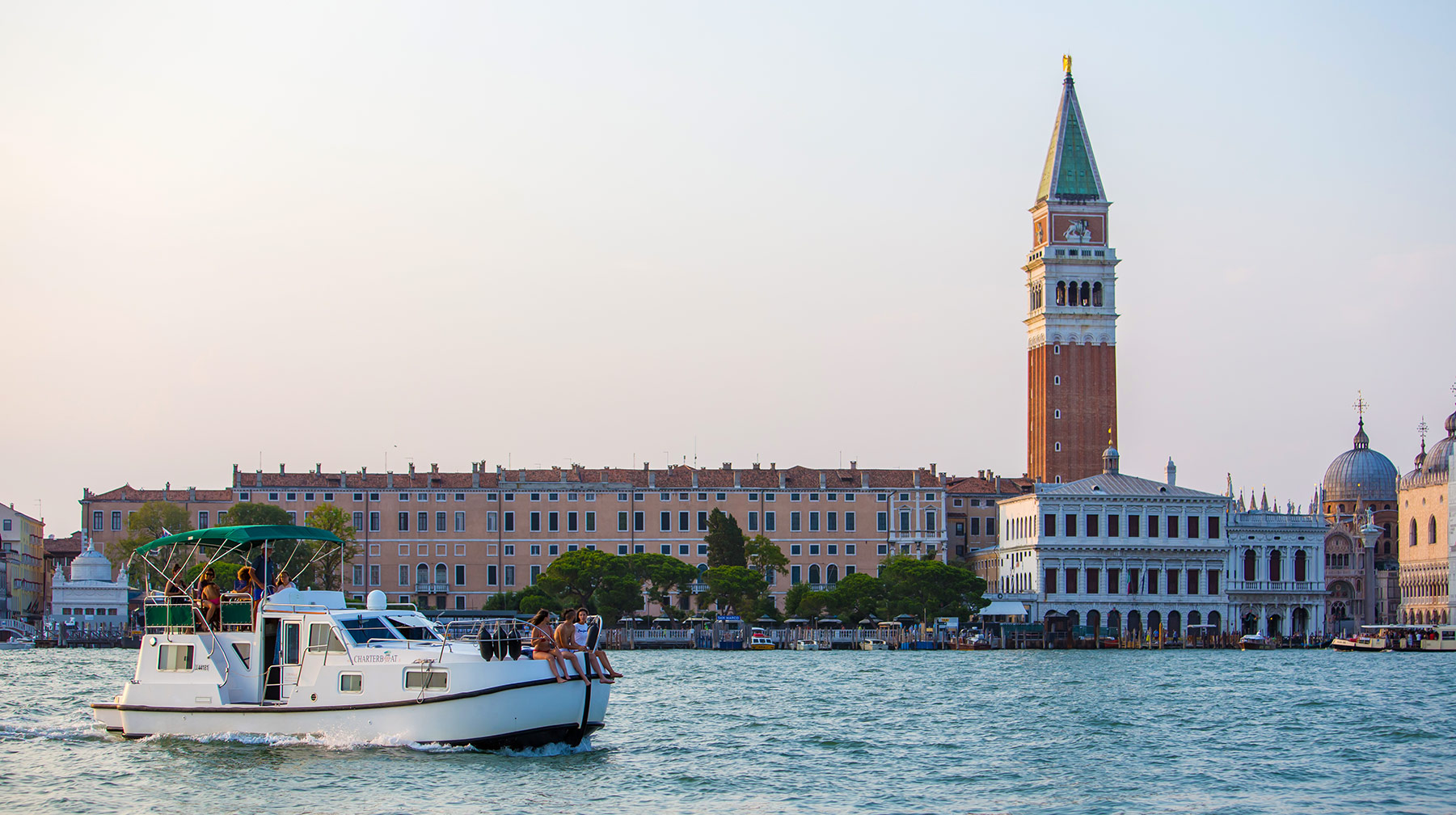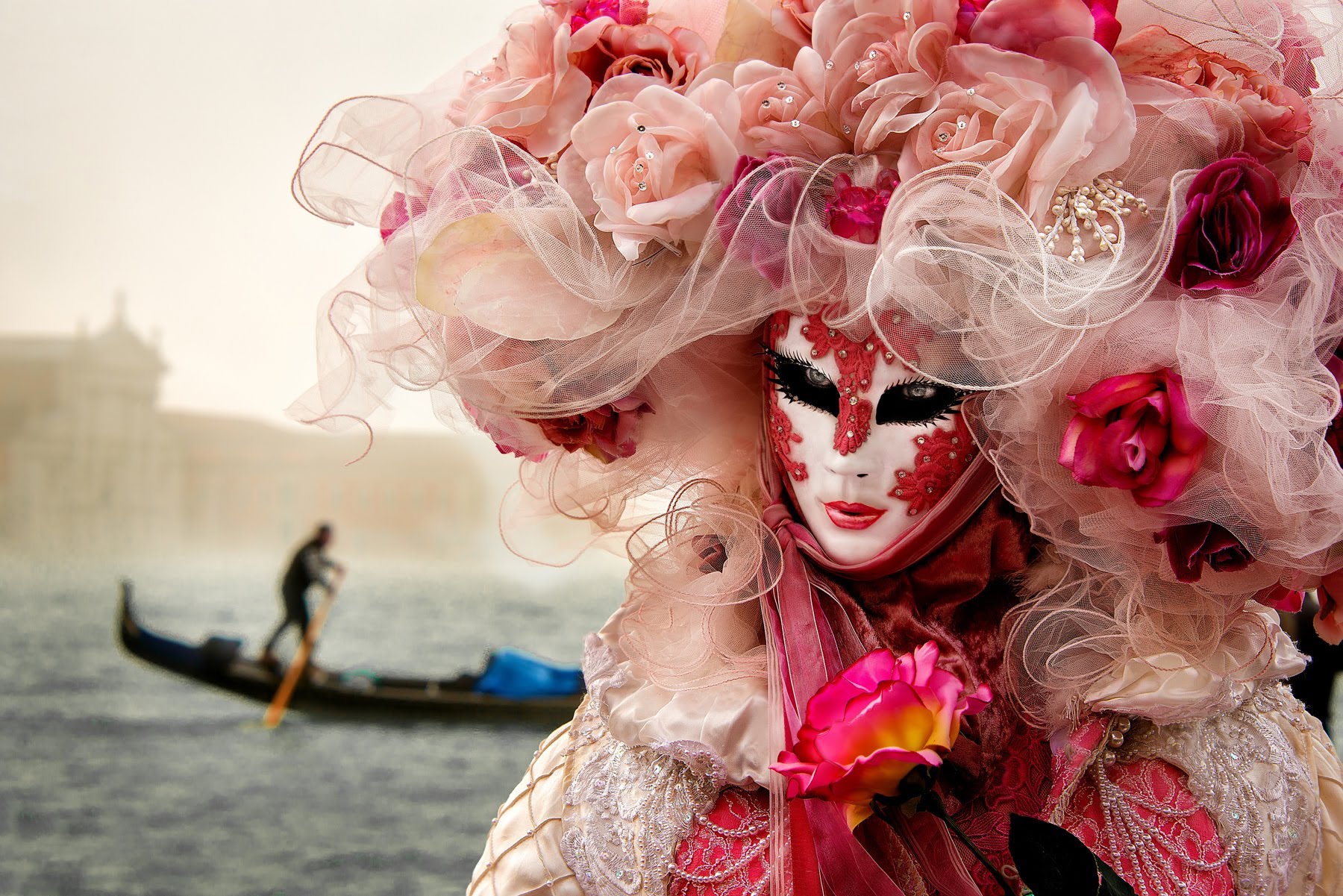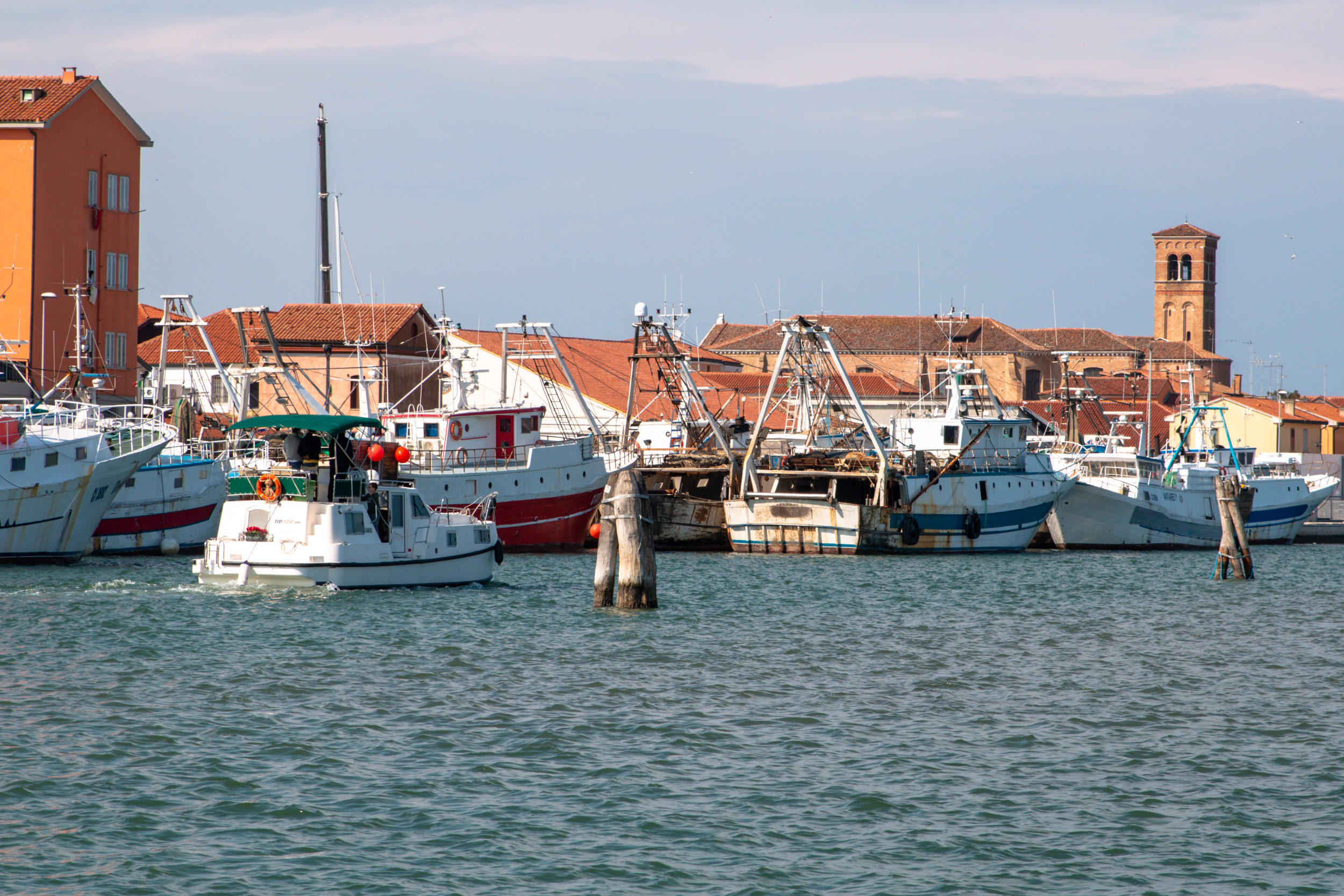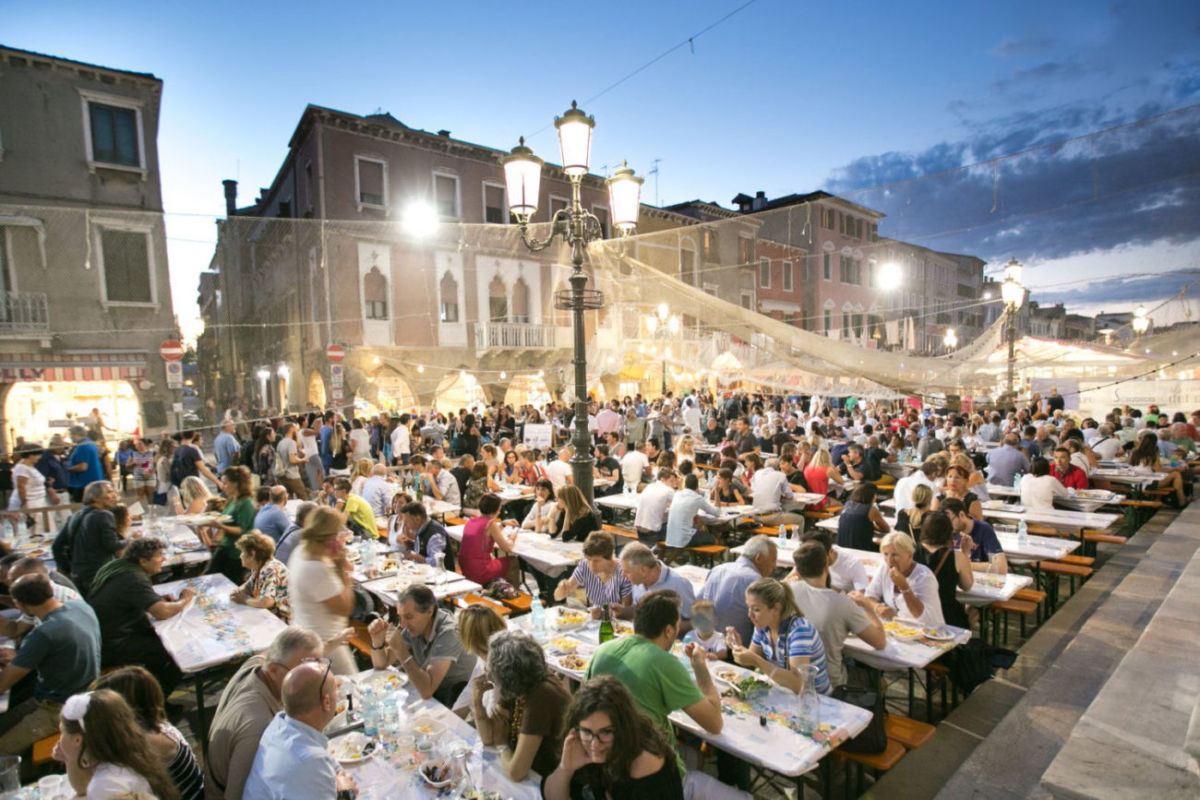Venice Carnival
Venice Carnival: the history of one of the most famous carnivals in the world
The origins of the Venetian Carnival are very old. The first evidence dates back to a document of 1094, which talks about public entertainment and the word Carnival is mentioned for the first time, although the first official document declaring it a public holiday dates back to 1296. It was instituted by the Venetian oligarchies, at the time of the Serenissima Republic, to grant the population a period dedicated entirely to fun and celebrations. Through the anonymity guaranteed by the masks and costumes, all social classes of the time were put on an equal level, without distinction of social class, gender or religion. Such concessions were widely tolerated and considered a providential relief from the tensions and discontent that inevitably arose within the Republic of Venice, which placed strict limits on its citizens in matters such as common morals and public order.
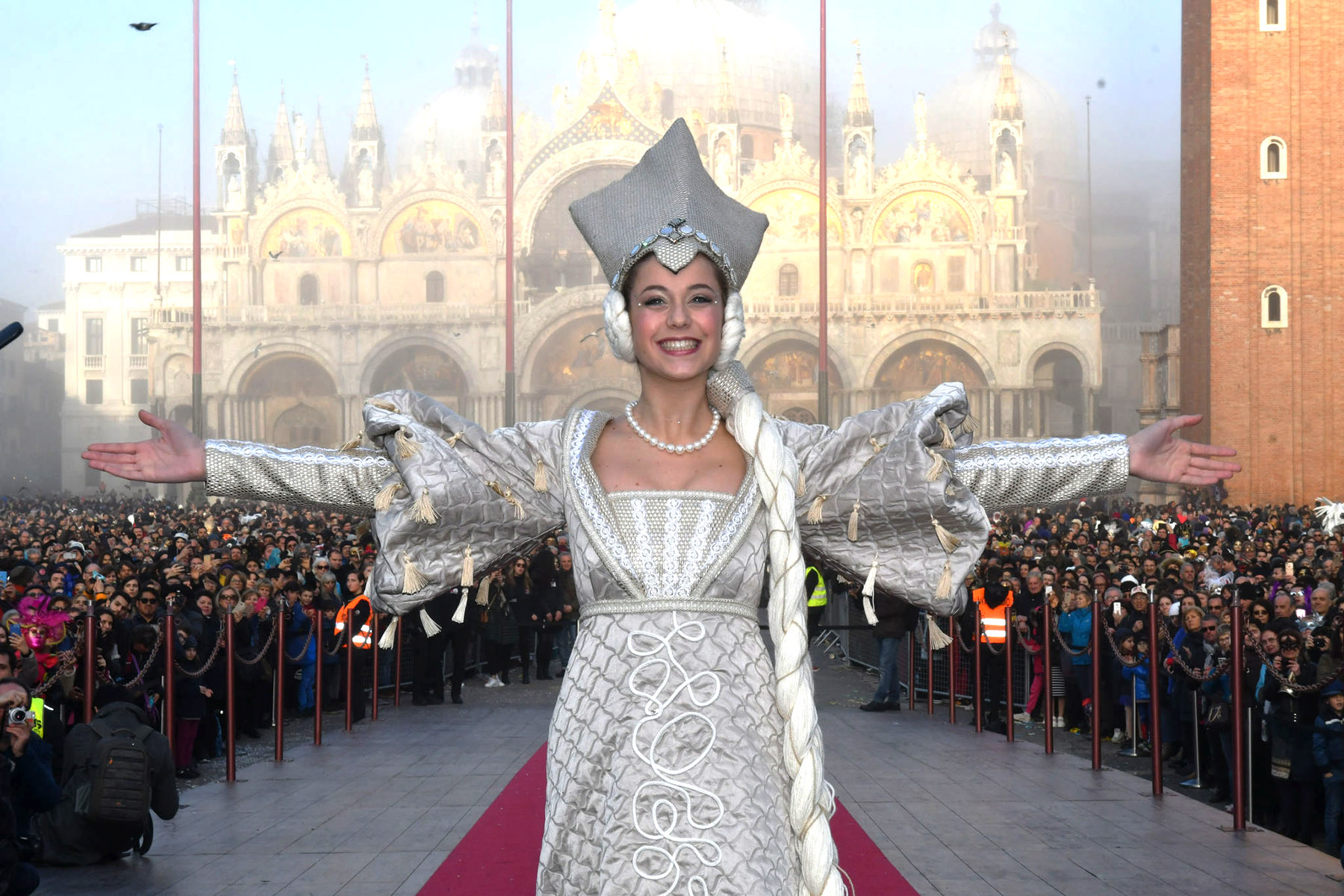
During Carnival the activities and business of the Venetians took a back seat, and they devoted much of their time to festivities, jokes, entertainment and shows that were staged all over the city, especially in St Mark’s Square, along the Riva degli Schiavoni and in all the major campi (squares) of Venice.
There were attractions of all kinds: jugglers, acrobats, musicians, dancers, animal shows and various other performances, which entertained a colourful public of all ages and social classes. Street vendors sold all kinds of merchandise, from seasonal fruit to rich fabrics, from spices to food from distant countries, especially the East, with which Venice had already forged close and valuable trade links since the time of Marco Polo’s famous journey along the Silk Road.
However, it was in the 18th century that the Venetian Carnival reached its greatest splendour and international recognition, becoming famous and prestigious throughout Europe at the time, a tourist attraction and a destination sought-after by thousands of jubilant visitors.
In the 19th century, however, Venice and its Carnival embodied the international romantic myth and the city on the Lagoon became a destination for artists, writers, musicians, adventurers and beautiful ladies from all over the world, such as Sissi of Austria, Wagner, Byron and Ugo Foscolo.
The Carnival came to a standstill after the fall of the Venetian Republic because it was frowned upon by the temporary Napoleonic and later Austrian occupation. It was only at the end of the 1970s that some citizens and civic associations worked to revive the Carnival, which was inaugurated in 1979. The Venice City Council, the Teatro La Fenice and the Biennale prepared an 11-day programme, leaving plenty of room for improvisation and spontaneity.
Today it is an occasion for play, happiness and light-heartedness for about 10 days, where Venice is peacefully invaded by masks of all kinds, from the youngest to the oldest.
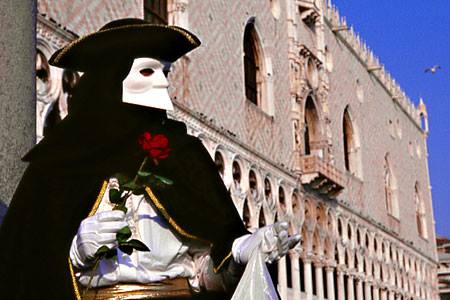
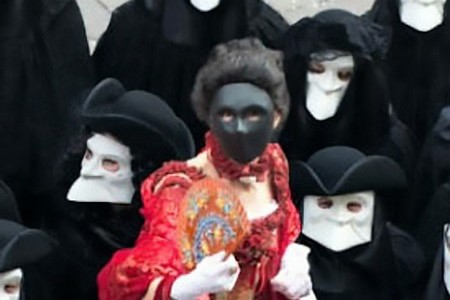
The masks and costumes
The joyful and incognito participation in this ritual of collective masquerade was, and still is, the very essence of Carnival.
One of the most common masks in ancient Carnival, especially from the 18th century onwards, which has remained in vogue and is also worn in modern Carnival, is undoubtedly the Bauta. This figure, typically Venetian and worn by both men and women, consists of a particular white mask called larva under a black tricorn and completed by a dark enveloping cloak called tabarro.
Another typical costume of those times was the Gnaga, a simple disguise for men, easy to make and quite commonly used. It consisted of common women’s clothing and a mask in the shape of a cat, accompanied by a basket on the arm that usually contained a kitten.
Many women, on the other hand, wore a disguise called the Moretta, which consisted of a small dark velvet mask, worn with a delicate cap and with fine garments and veils. The Moretta was a mute disguise, as the mask had to be held over the face while holding an inner button in the mouth (and for this reason also called a mute servant girl).
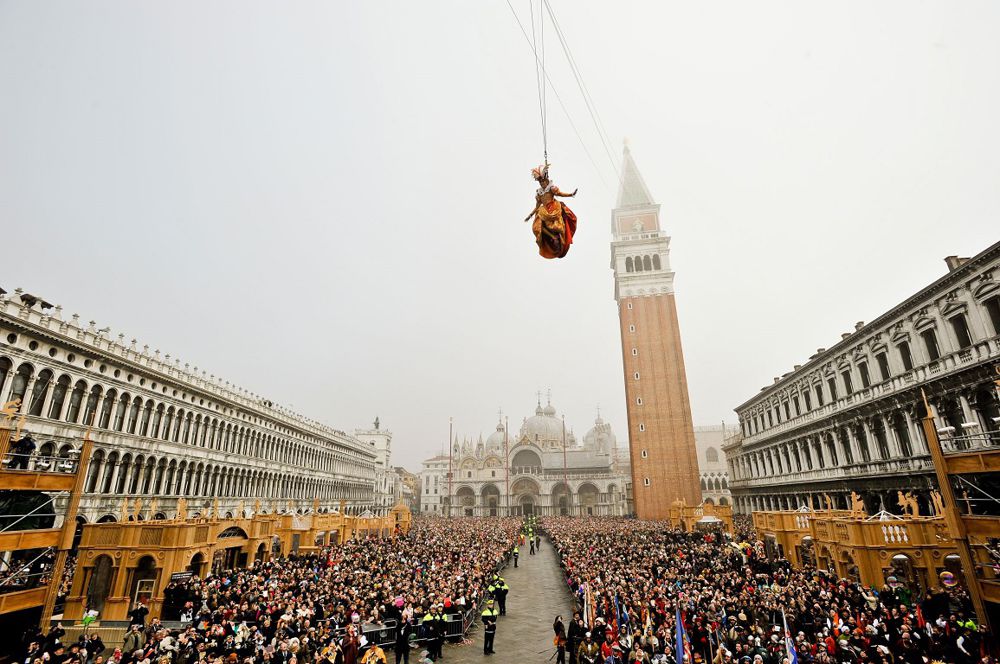
One of the most famous events is the Flight of the Angel, which officially opens the Carnival celebrations in St Mark’s Square. A young Turkish tightrope walker was the first protagonist of this extraordinary event, during an edition of the Carnival in the mid-sixteenth century. The young acrobat managed to climb to the top of St Mark’s bell tower with just the aid of a barbell. In the delirium of the crowd below, he walked on a very long rope to the balcony of the Doge’s Palace, where he paid homage to the Doge. In 1759, however, the performance ended in tragedy when the unfortunate tightrope walker crashed. Because of this misfortune, the acrobat was replaced by a large wooden dove that descended, scattering confetti and flowers over the crowd.
The traditional Angel Flight resumed in 2001 with people firmly anchored to a cable with safety systems.
